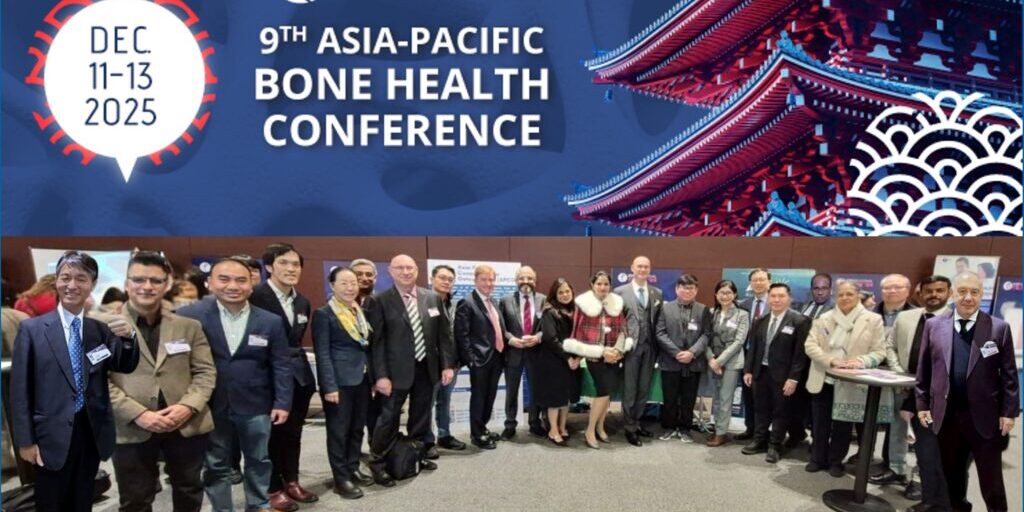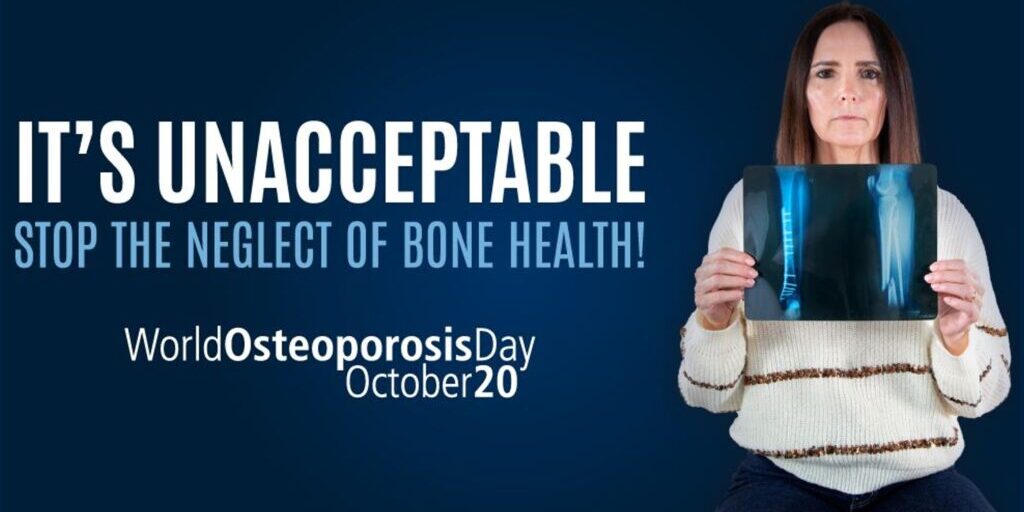Osteopenia is not a disease. It is a category of bone density – between 1 and 2.5 standard deviations below the mean value in the young normal population. Thus, one in six healthy young individuals have a bone density in this range, as do the majority of women over the age of 60 years. The label of “osteopenia” does not mandate treatment. Treatment advice is usually based on an assessment of fracture risk, which is influenced by bone density but is also strongly dependent on age, fracture history and, in some cases, other clinical risk factors.
Most studies of interventions for fracture prevention have taken place in cohorts who had osteoporosis, whether defined by bone density or by their fracture history. As a result, many authorities argued that treatment of patients who did not have osteoporotic bone densities was not justified, since there was no trial evidence that fractures could be prevented by such intervention.
To address this gap in our knowledge, we undertook a trial of zoledronate administration in women whose hip densities fell within the osteopenic range. 2000 osteopenic women aged >65 years were randomized to receive zoledronate or placebo infusions every 18 months over a six-year period. Fragility fractures were reduced by 37% in the zoledronate group, with a number needed to treat of 15. Subsequent analyses found that the prevention of fractures was independent of all baseline factors assessed, including age, BMI, calcium intake, fracture history, falls, bone density and calculated fracture risk. Accordingly, numbers needed to treat were not significantly different across baseline fracture risk tertiles.
This study demonstrated that intervention can prevent fractures in women who do not meet the conventional definitions of osteoporosis, and that the number needed to treat is comparable to that seen in conventional osteoporosis trials. Consistent with this finding, a number of other studies using a range of interventions (estrogen, raloxifene, denosumab, bisphosphonates) have also demonstrated fracture prevention in populations not selected for low bone density. Some have demonstrated efficacy in those with normal bone density or in premenopausal women.
Taken at face value, these findings suggest that we could offer anti-resorptive therapy to the entire population. Of course, that would be extremely wasteful, since a one-third reduction in fracture numbers in a population at very low risk does not represent a substantial dividend in absolute numbers of fractures prevented. The recent studies indicate that precise targeting according to bone density, age or fracture history is not required for fracture prevention. However, a baseline fracture risk high enough to make the intervention cost-effective is a requirement for the intervention strategy to be sound from a health economics stand-point. Cost-effectiveness is not only determined by baseline fracture risk, but by the cost of the intervention, and the likelihood of associated adverse events. Therefore, inexpensive, safe medications may be justified in individuals with 10-year hip fracture risks as low as 1%, but this is not the case for medicines costing more than several hundred dollars annually, or those that cause significant adverse effects.
In older women, it is not the bone density that is critical in determining whether to offer treatment, but the absolute fracture risk, and the cost and safety of the available effective interventions.
Professor Ian Reid, University of Auckland, Auckland, New Zealand






